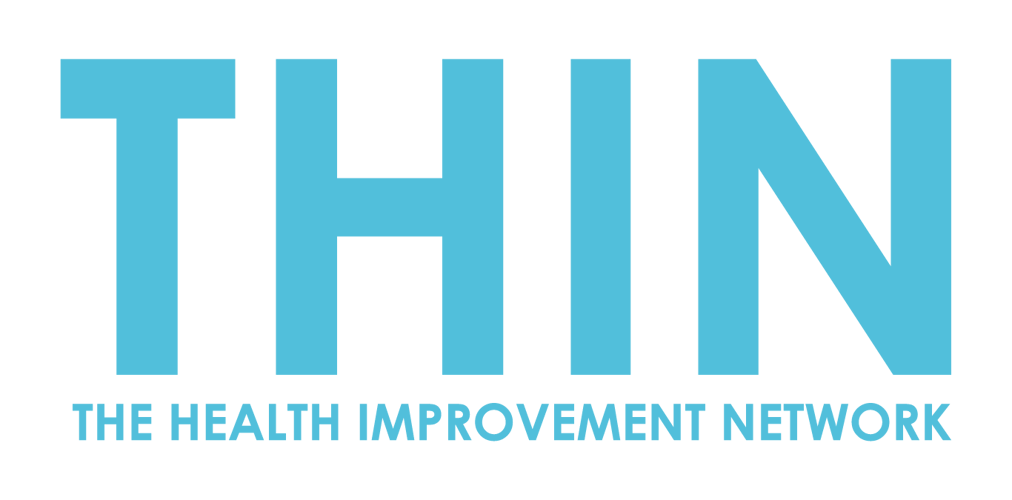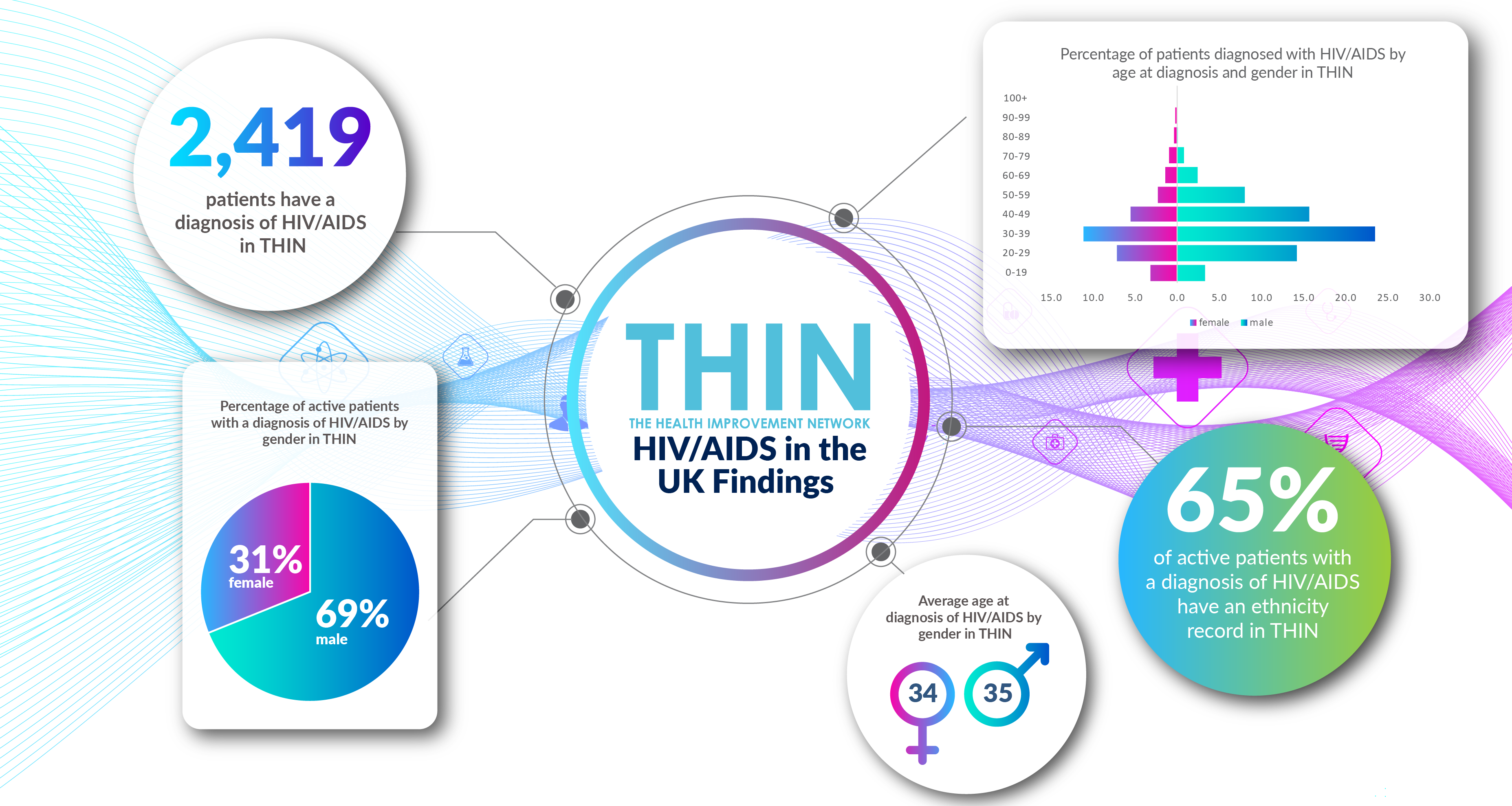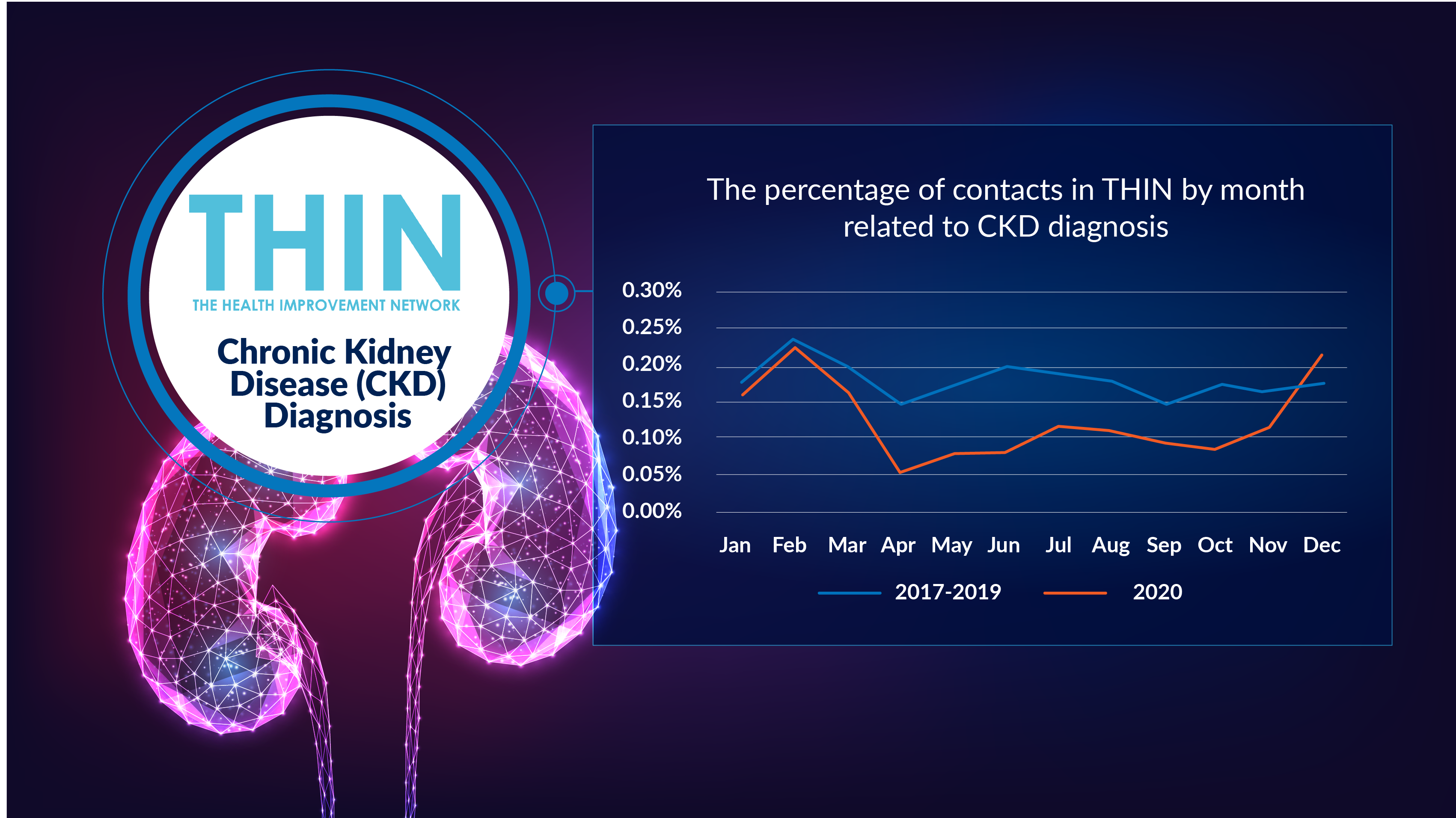Living with Epilepsy
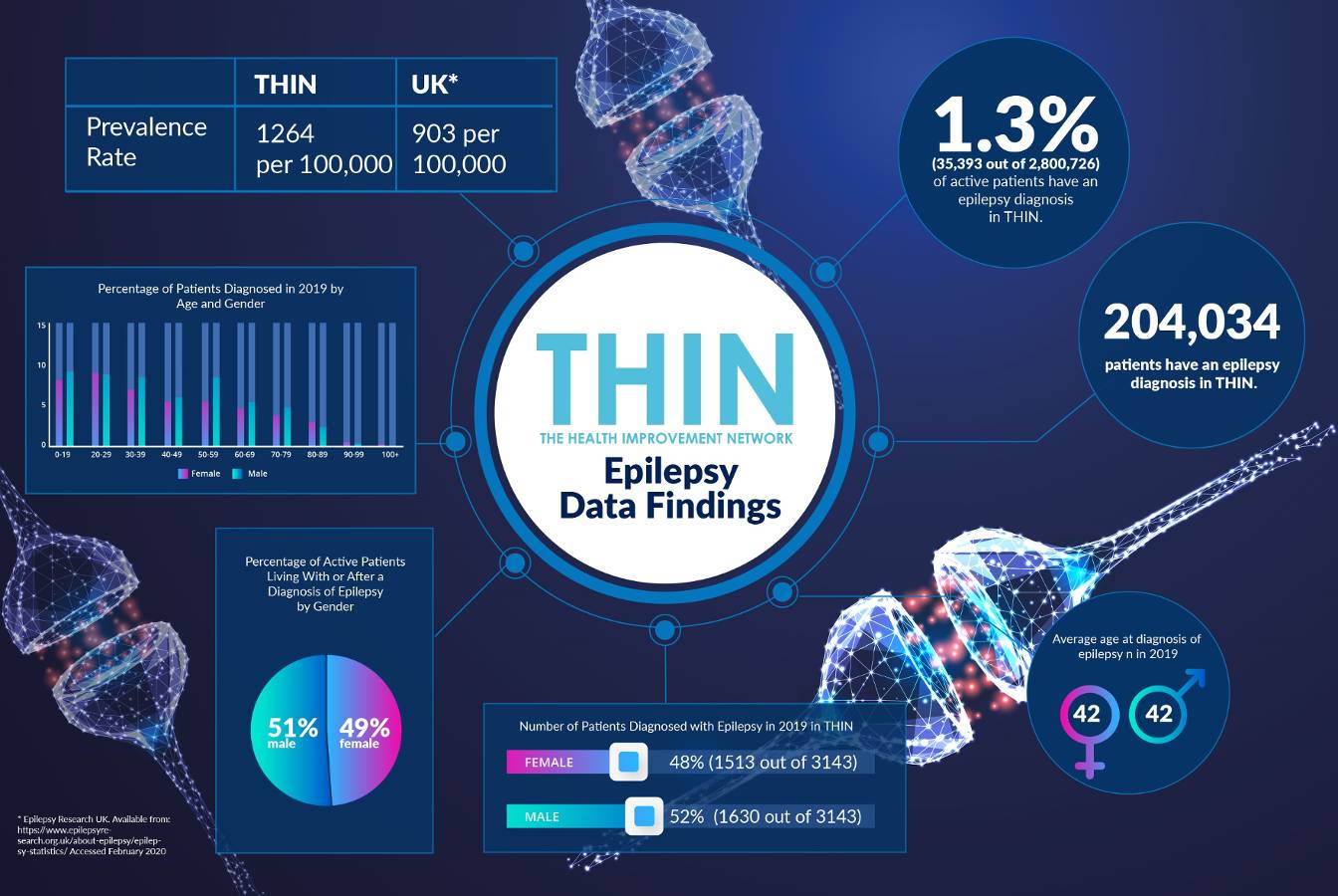
Breaking the taboos associated with illness - both physical and mental - has become increasingly important and was very much the theme during the latest International Epilepsy Day on Monday 10th February.
Epilepsy affects 50 million people worldwide and one in 20 people will have a one-off epileptic seizure at some point in their life, yet many still feel isolated as a result of public fear and misunderstanding. The annual event, which is celebrated by over 120 countries on the second Monday of February, highlighted the need to look not only for cures but also to better understand the experience of those living with epilepsy, through raising awareness and understanding as well as lobbying for better legislation, diagnosis and treatment.
In a bid to counter the misperceptions of epilepsy, growing numbers of sufferers are sharing their stories, including fashion entrepreneur Camila Coehlo. The social media influencer recently appeared on US television network CBS to discuss her experiences of epilepsy since her childhood diagnosis. From managing stress and avoiding tiredness to the risk of an abnormal pregnancy as a result of taking anti-seizure medication, Camila raised many of the day to day concerns shared by those living with epilepsy.
Breaking Barriers
Such stories are incredibly powerful and key to breaking down barriers. But to provide better support for those living with epilepsy, health practitioners and the life sciences industry need better insight into the day to day experience of patients - including any age related or gender specific issues.
The impact of the neurological condition on peoples lives has become apparent in our analysis of epilepsy data from The Health Improvement Network (THIN®), a Cegedim database.
THIN® reveals significant comorbidity factors that without a doubt affects the individuals experience of living with epilepsy. The most telling is depression, with almost a quarter (22%) of people with epilepsy within the THIN® database also experiencing depression. International Epilepsy Day certainly prompted many individuals to share their stories of isolation on social media; while a recent debate amongst Members of the European Parliament also revealed the heartache of children who are not included in activities and have few, if any, friends.
Analysis of the THIN® data also reveals a link to migraine - with 8% of those with epilepsy in the THIN® database also experiencing migraine. There is also a clear gender bias: 68% of this group are women.
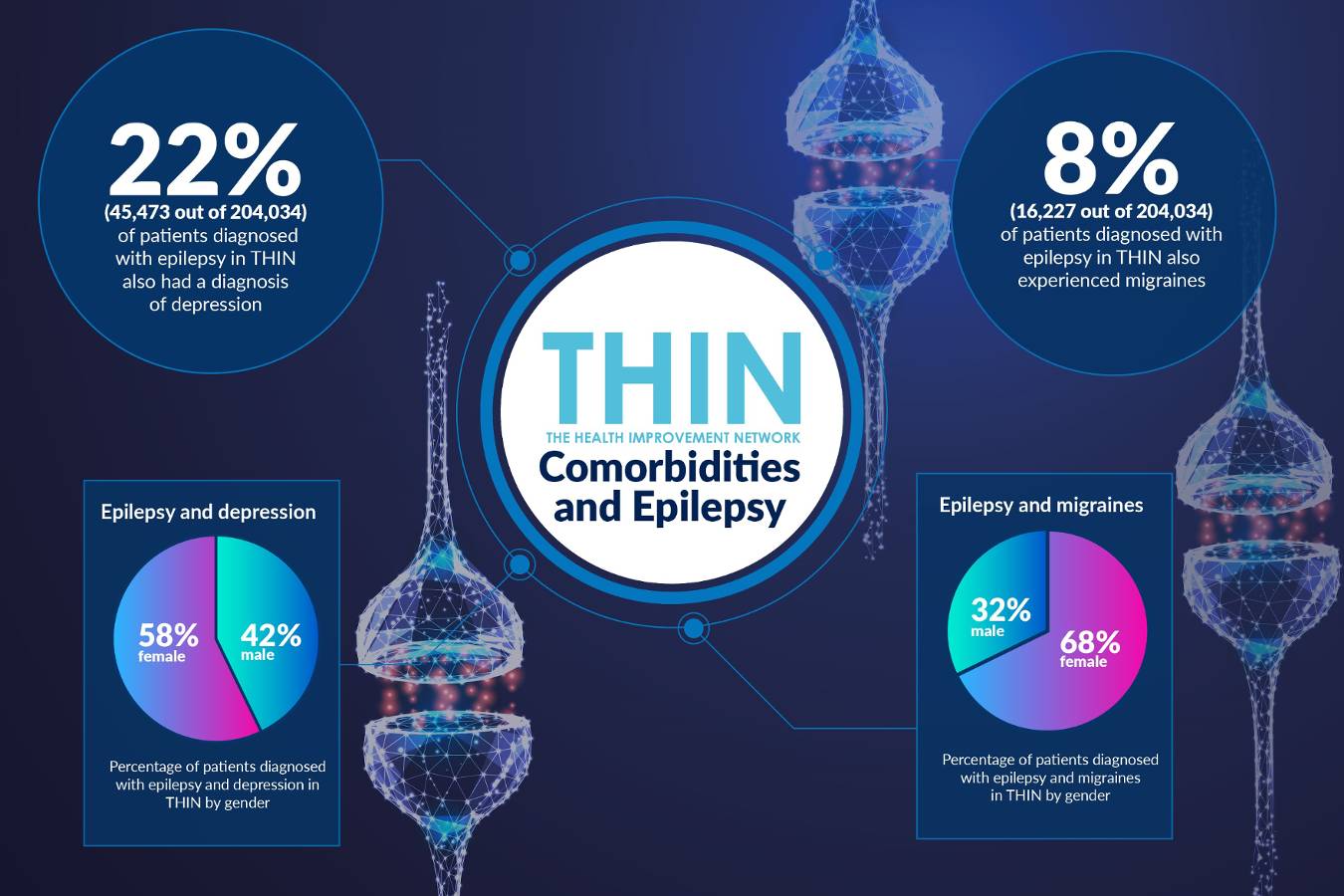
Research also suggests a number of female specific problems around epilepsy and its treatment, including hormonal influences, puberty, contraception, menopause and osteoporosis. With the additional concerns highlighted by Coehlo associated with pregnancy - balancing the risk of abnormal pregnancy with the risk of seizures associated with stopping medication – and this data suggests a need for more gender nuanced support.
Making a Difference
This is where THIN® can be so powerful in joining up the dots, enabling discoveries that improve people’s lives and powering better pathways and safer, more effective models of care for patients. Better diagnosis and improvements in medication are clearly essential but as International Epilepsy Day 2020 confirmed, a greater understanding of day to day experience, from isolation to depression, fear to migraine, are also essential to improve the experience for those living with epilepsy.
About THIN
The Health Improvement Network (THIN®), a Cegedim database, is an unobtrusive medical data collection scheme that contains anonymised longitudinal patient records for approximately 6% of the UK population. It is the key driving force behind enabling advancements in patient care and outcomes, with one of the most respected and reliable data sources for anonymised primary care records.
THIN® is one of the most respected and reliable data sources in the field of healthcare research and academic studies with over 1,000 research publications. One example of the way THIN® data is being used to improve understanding of epilepsy is a recent paper published in the Archives of Disease in Childhood. ‘Seizure frequency, healthcare resource utilisation and mortality in childhood epilepsy: a retrospective cohort study using the THIN® database’ by Myland M, Buysse B, Tsong W, Power GS, Nordli D & Chin RFM was published in November 2019.
